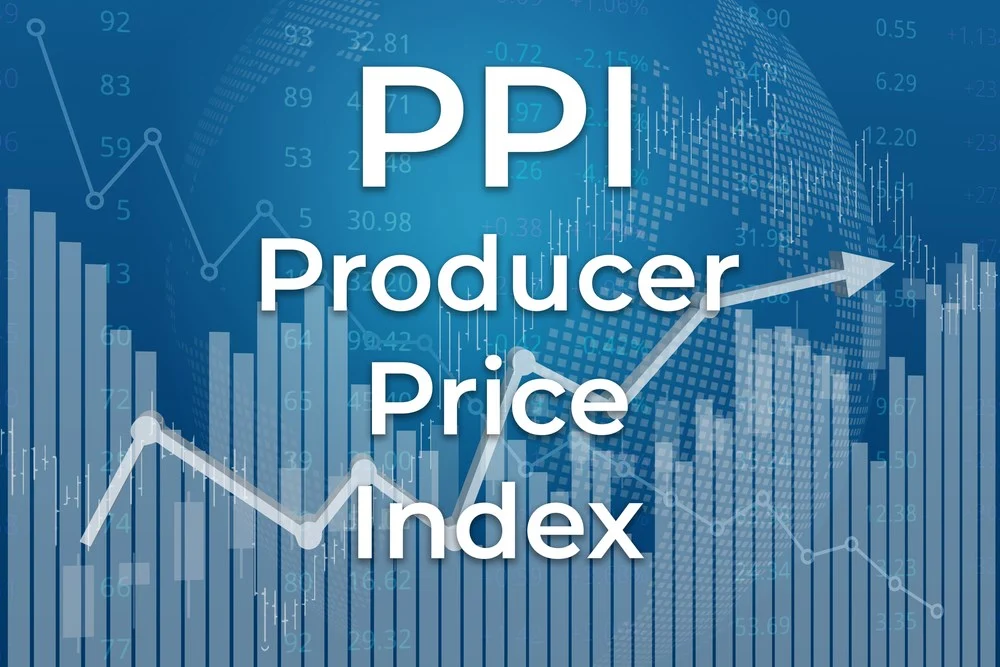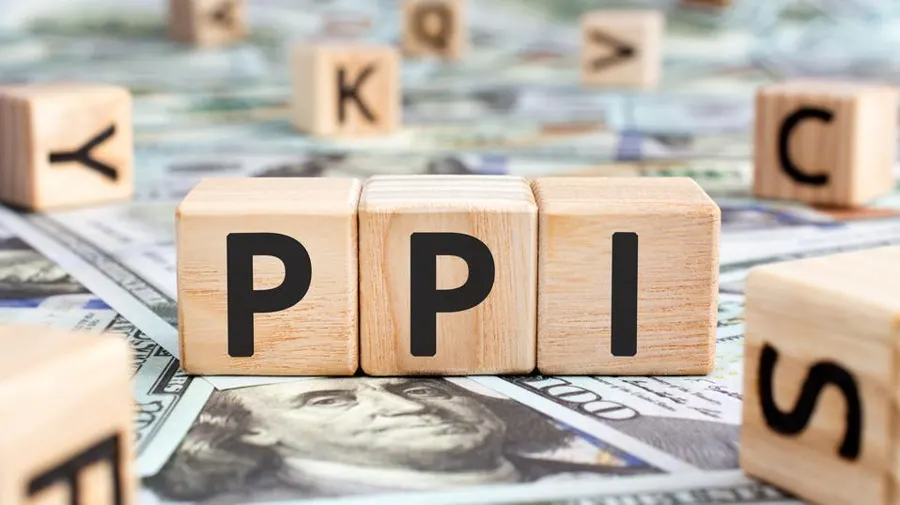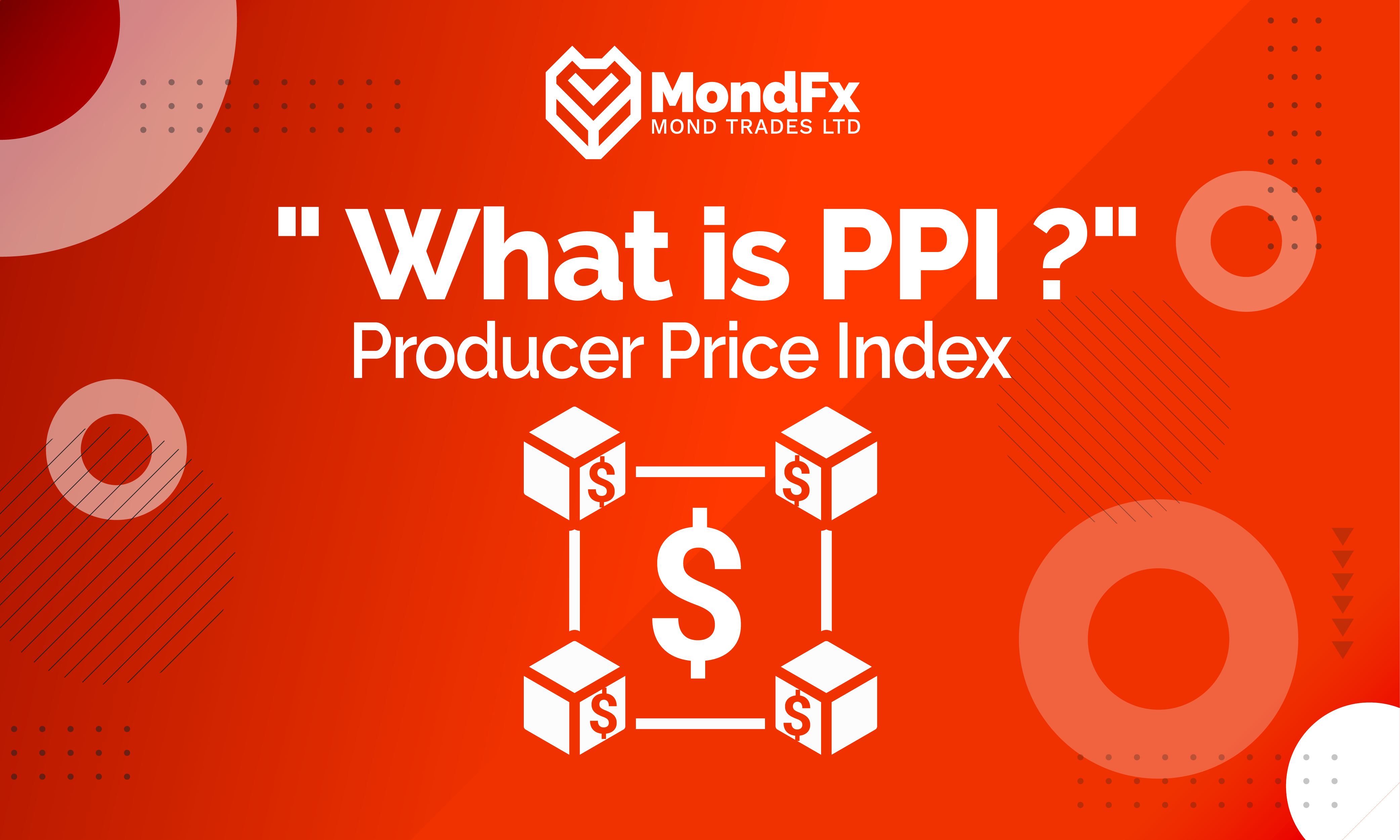The Producer Price Index (PPI) reflects the price fluctuations of goods and services offered by a country’s producers and is published in the second week of each month. Simply put, the PPI indicates how prices of goods and services change from the time they are offered by the producer to the time they reach the consumer.
Why is the PPI Important?
If the reported PPI figure exceeds expectations, it can lead to increased inflation and interest rates, which in turn, strengthens the country’s currency. Conversely, if the PPI falls short of expectations, it can lead to lower prices of goods. When the price of a good or service is lower than expected, producers may become discouraged from producing and offering services, and if the central bank does not intervene, the economy may enter a recession. The effects of the PPI should be analyzed in the long term to gain an accurate understanding of a country’s economy.
Similarities and Impact of PPI and CPI
Forex traders can use the PPI as a leading indicator to predict inflation, which is measured by the Consumer Price Index (CPI). Both PPI and CPI are used for forecasting inflation. Although PPI does not cause as much volatility in currencies as CPI, it tends to indicate inflationary changes earlier than CPI. This is because inflationary changes typically start with the producer and then pass on to the consumer. Unlike CPI, which immediately impacts a country’s currency and causes fluctuations upon release, PPI’s effects on currency are slower and more long-term.

Why is the U.S. PPI More important than in Other Countries?
- Global Economic Impact: The United States is the world’s largest economy, and changes in its producer prices can have widespread effects on global supply chains and the prices of goods and services in other countries.
- Role of the U.S. Dollar: The U.S. dollar is the dominant currency in international trades and changes in the U.S. PPI can influence the value of the dollar. This change can cause shifts in exchange rates, import and export costs, and economic policies in other countries.
- Monetary and Economic Policies: The Federal Reserve (the U.S. central bank) considers the PPI as one of the key indicators in its monetary policy decisions. Changes in the PPI can lead to adjustments in interest rates, which can have wide-reaching impacts on global financial markets and economies.
- Global Trade and Supply Chain: As one of the world’s largest producers and consumers, changes in the U.S. PPI can affect the prices of commodities, intermediate goods, and final products globally. These changes are particularly significant for international companies operating in global supply chains.
- Other Countries’ Financial Markets: Global financial markets are highly dependent on U.S. economic data. Changes in the U.S. PPI can influence stock prices, bonds, and other financial assets in those markets. Therefore, investors and analysts around the world closely monitor this index.
- The U.S. ‘s Position in Technology: The U.S. is a global leader in technology. Changes in the U.S. PPI can serve as an indicator of changes in pricing for technology-driven goods, which in turn affects other global markets.
Given these points, the U.S. PPI is quite important due to its extensive impact on the global economy, monetary and financial policies, and trade in other countries.
How to Use the U.S. PPI in Trading?
- Inflation Forecasting: The PPI is considered a leading indicator of inflation. If the PPI consistently rises, the central bank may increase interest rates. This could result in lower bond prices and a stronger U.S. dollar. Traders can use these predictions to engage in buying dollar positions or selling bonds.
- Impact on the Stock Market: The PPI can influence the stock market. If the PPI exceeds market expectations, it may indicate rising costs for companies and, consequently, reduced profitability. This could lead to a decline in stock prices.
- Impact on Commodities: The PPI can assist traders in commodity markets. An increase in the PPI might indicate rising demand for commodities and basic goods, leading to higher prices. Traders can use PPI data to purchase commodities such as oil, precious metals, and commodities that may increase in price if the PPI rises.
- Impact on Currencies: The PPI can significantly impact currencies. A rising PPI may indicate economic growth and higher interest rates in a country, strengthening its currency. For example, if the U.S. PPI exceeds market expectations, this could lead to a stronger dollar. Traders can engage in buying positions in currency pairs involving the dollar.
The PPI can be a powerful tool for traders, but for successful use, requires careful analysis and an understanding of its impacts on various markets. Combining PPI data with other technical and fundamental analyses can help traders make better decisions and utilize market fluctuations.

Conclusion:
The PPI can provide valuable insights about trends in production costs and producer price changes. This information is beneficial for companies in their investment processes and analysts use it to identify economic trends. Investors also rely on this important economic data to find clues about future inflation and to gain a better understanding of the economic conditions.



